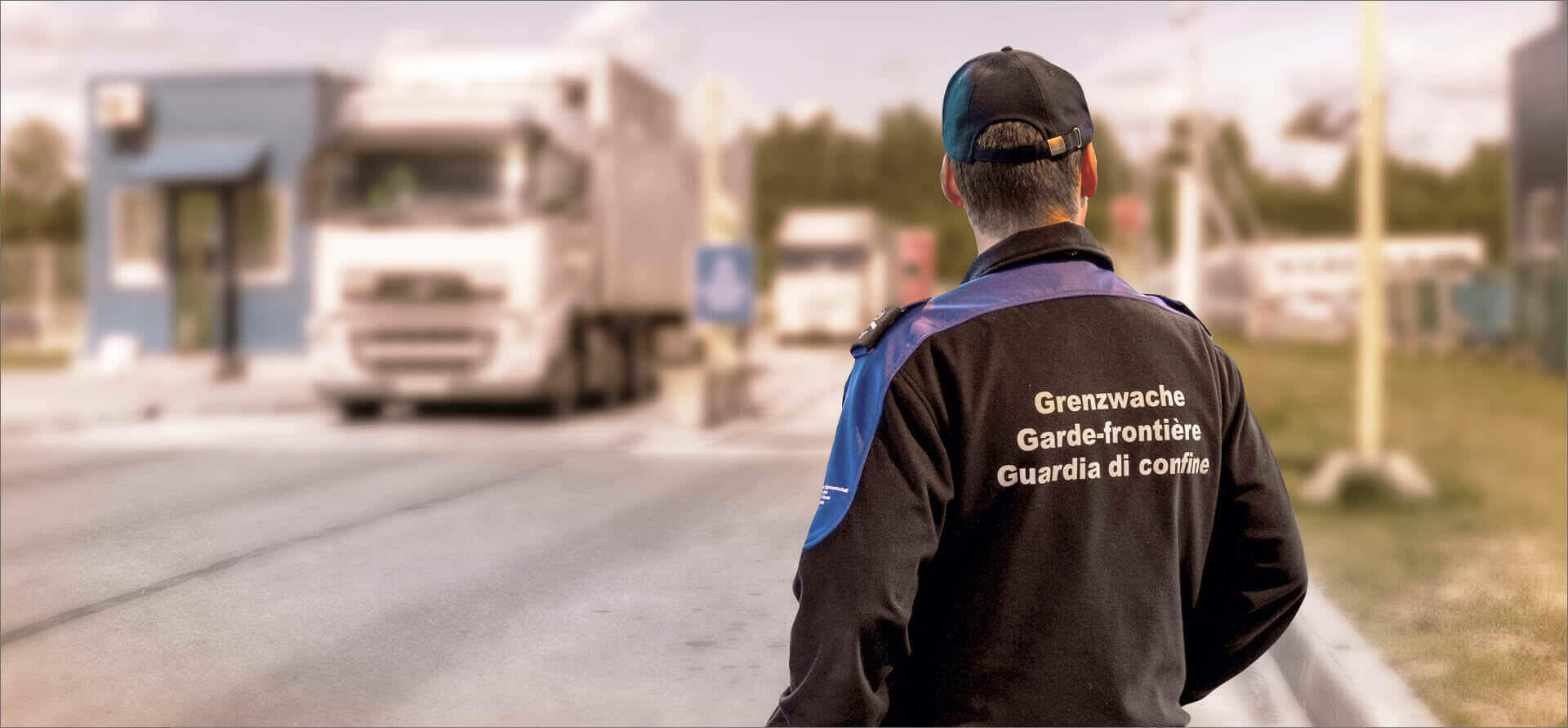Exportation proceduresare commonly understood as the collection of procedures that allow the transportation of merchandise produced within the European Union beyond its customs territory.
In order to implement commercial exchanges with clients residing in countries outside the Union, and in addition to the logistical and contractual aspects of sale, an exporter operating within the EU must be aware of customs practices regulating the exportation of goods.
Although it is possible – and recommended – to take advantage of experts in the customs assistance sector, it is important to at least know the essentials of exportation procedures, since it is the exporter’s direct responsibility to know how to provide complete documentation and exact information that constitute an integral part of the customs documents to show at the time of exportation. It is in the interest of the exporter for the goods to travel with all thenecessary documentation, including certificates of origin, authorizations and licenses, and it is also important to be aware of the relationship of commercial policies with the country of destination, to take advantage of reductions or exemptions of payment of duties foreseen by international commercial law.
There are two fundamental aspects of the exportation process: customs and tax.
Regarding the first aspect, the regulatory references are Article 16, l. h of Community Customs Code (regulation EEC 2913/1992), which defines exportation, and articles 161 and 162 of the aforementioned code, which discipline it. The dispositions enacting the exportation regulations, however, are illustrated by articles 788 and following of regulation EEC 2454/1993. The various definitions were updated in the Updated Customs Code in effect from 2008 (regulation EC 450/2008).
Regarding the fiscal aspect, exportation is regulated by VAT Decree Pres. Decree 633/72 (article 8). Among the various regulations, the decree provides for exportation to result from a customs document: thanks to the computerization of this procedure, the document has now been replaced by an electronic message containing an individual alphanumeric code called Movement Reference Number (MRN).
Who is responsible for exportation procedures? Naturally, the primary subject responsible is the exporter, defined in art. 788 of the dispositions enacting the aforementioned regulation EEC 2954/1993 as “the person on behalf of whom the exportation declaration is presented “: this person must necessarily coincide with the owner of the exported goods. However, the goods may be presented at customs also by a representative appointed by the exporter; this person must be the transporter; that is, the person shipping the goods from the place of origin to customs.
The declaring party, who materially performs the administrative and customs formalities in view of the exportation, must coincide with the owner of the goods or may be a person assigned to act on behalf of the exporter; this is thus a “customs agent” empowered to “represent third parties with customs”.
Therefore, if the owner/exporter chooses to delegate one of its representatives to complete the customs procedures, it is important to know that the designated representative must be established in the territory of theEuropean Union.
Furthermore, there are two types of customs representation provided in the code: the most common is direct representation, reserved for authorized customs agents (or customs shippers) who can also operate within a Customs Assistance Department (CAD). These professionals must be enrolled in the association of customs shippers and have the appropriate license issued by the Customs Agency.
For the owner/exporter, this is the simplest solution; in fact, the customs professional takes care of completing the customs declarations, all naturally in the name and on behalf of the owner, who remains solely responsible for customs operations with all the rights and duties involved.
The second type of customs representation is indirect; in this case, the representative always acts on behalf of the exporter, but in his or her own name. In this case, the representative has no obligation of authorization or registration in the professional roll, but is personally responsible for the customs declarations made, naturally along with the represented party.
Regulation EC 450/2008,however, significantly modifies implementation of this representation, as it allows for the first time the possibility of liberalizing customs services (with Article 106).
However – in enactment of regulation EC 312/2009 – starting July 1, 2010, to perform customs procedures, an alphanumeric code of a maximum of 15 characters known as EORI (Economic Operator Registration and Identification) is required. Its purpose is to communicate at Community level to those performing customs operations. In Italy, this code is composed of the VAT certificate number or tax code of the exporter/declaring party, preceded by the code ISO alpha 2 “IT”.
Assignment of this code is obtained with the first customs operation performed, but can also be requested in advance; this must also appear in the box with the statement “shipper/exporter” of the customs declaration or the Single Administrative Document (SAD).

